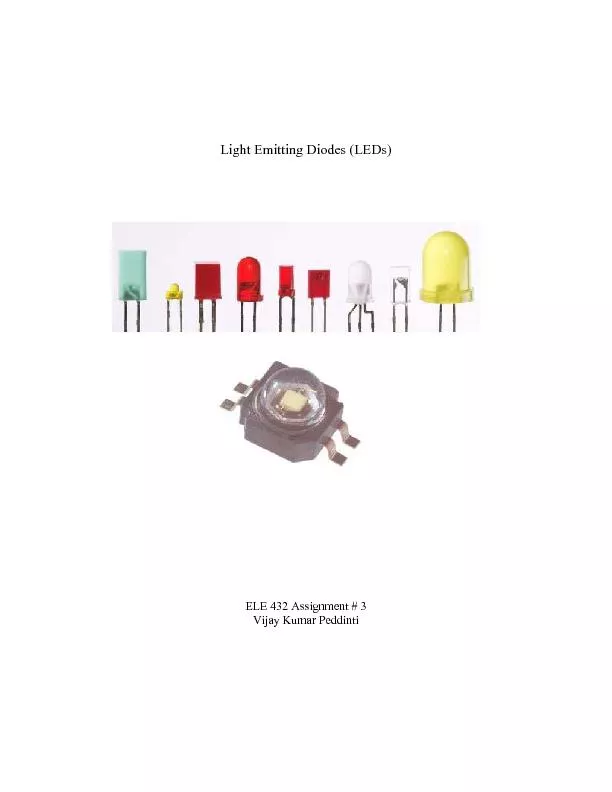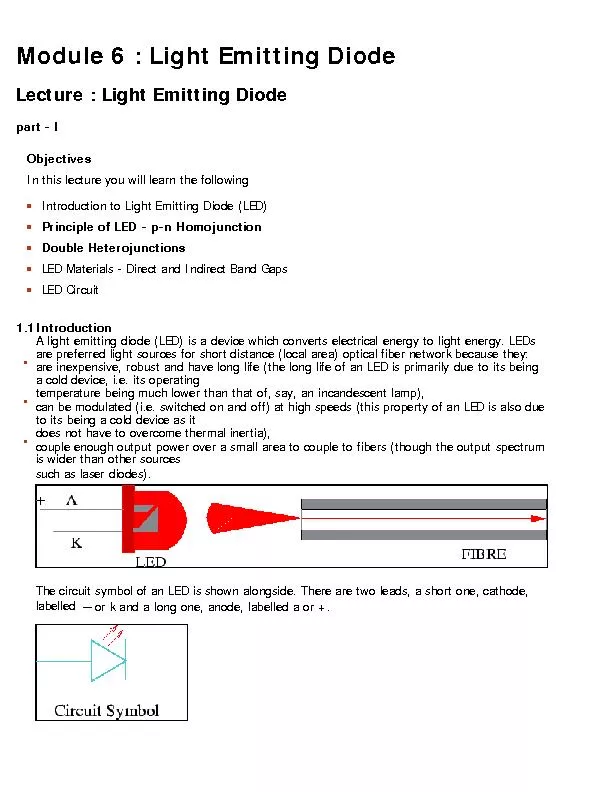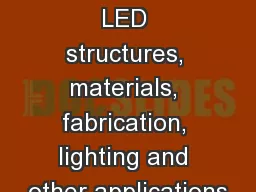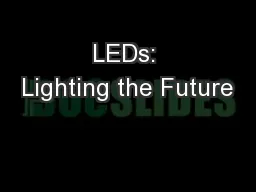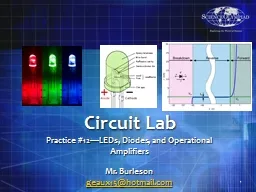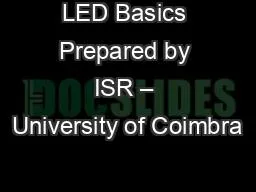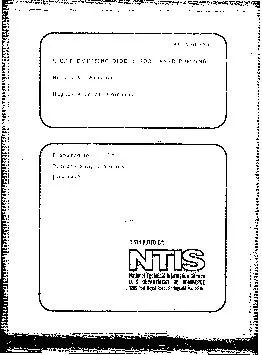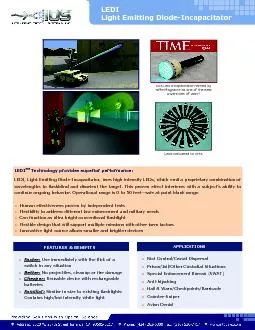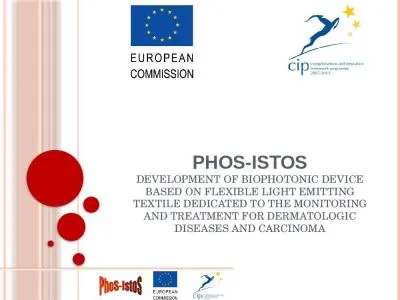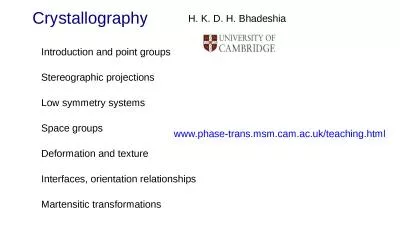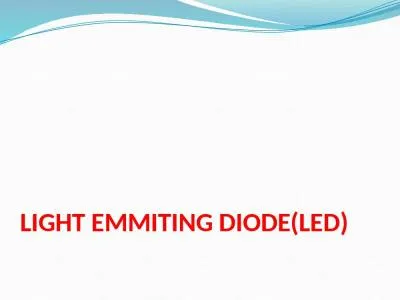PDF-Light Emitting Diodes (LEDs)
Author : tatiana-dople | Published Date : 2016-03-20
ELE 432 Assignment 3 Vijay Kumar Peddinti Light Emitting Diodes Principle The first known report of a lightemitting solidstate diode was made in 1907 by the British
Presentation Embed Code
Download Presentation
Download Presentation The PPT/PDF document "Light Emitting Diodes (LEDs)" is the property of its rightful owner. Permission is granted to download and print the materials on this website for personal, non-commercial use only, and to display it on your personal computer provided you do not modify the materials and that you retain all copyright notices contained in the materials. By downloading content from our website, you accept the terms of this agreement.
Light Emitting Diodes (LEDs): Transcript
Download Rules Of Document
"Light Emitting Diodes (LEDs)"The content belongs to its owner. You may download and print it for personal use, without modification, and keep all copyright notices. By downloading, you agree to these terms.
Related Documents

